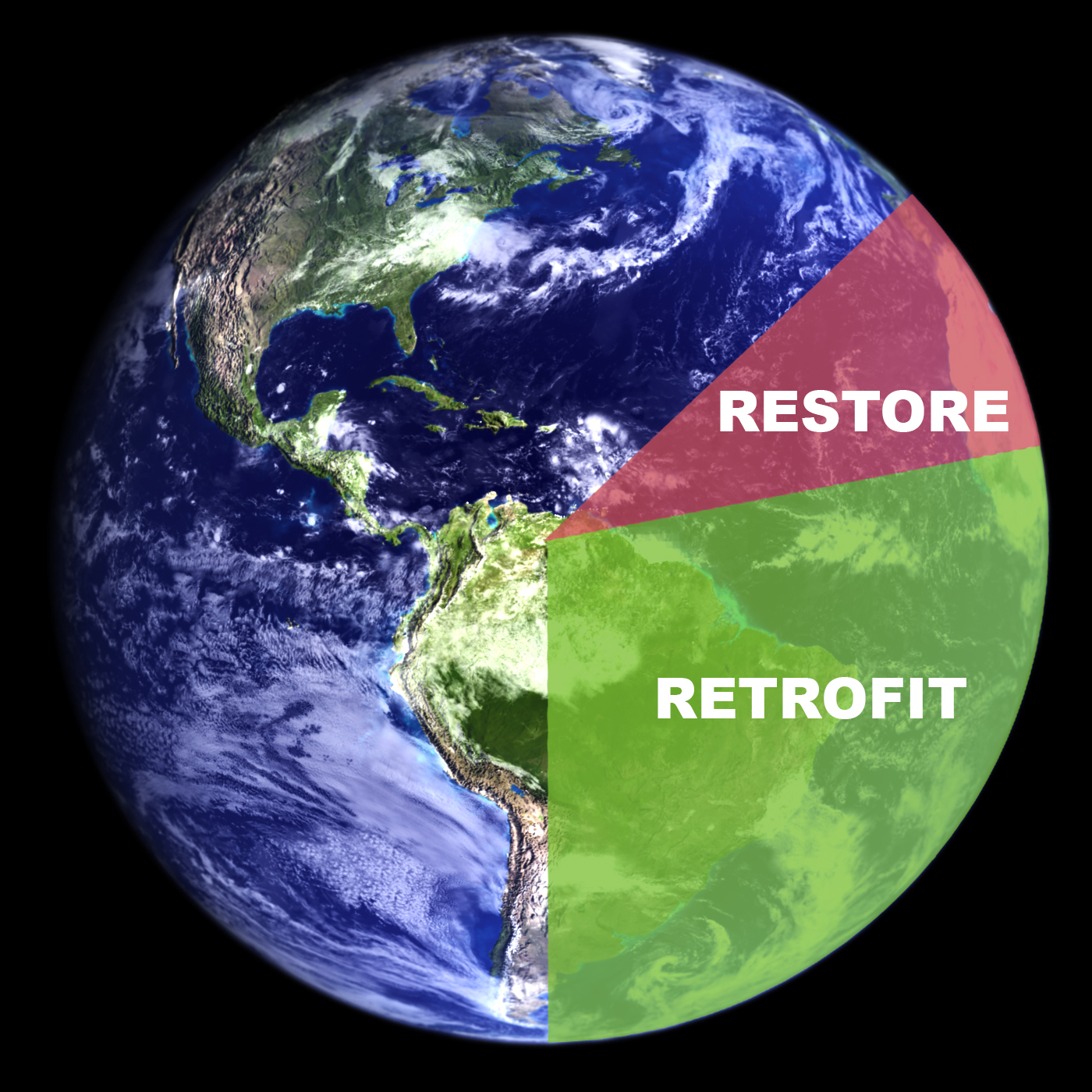A report produced by the Preservation Green Lab of the National Trust for Historic Preservation provides the most comprehensive analysis to date of the potential environmental benefit of building reuse.
This groundbreaking study, The Greenest Building: Quantifying the Environmental Value of Building Reuse, concludes that, when comparing buildings of equivalent size and function, building reuse almost always offers environmental savings over demolition and new construction. The report’s key findings offer policy-makers, building owners, developers, architects and engineers compelling evidence of the merits of reusing existing buildings as opposed to tearing them down and building new. Those findings include:
- Reuse Matters. Building reuse typically offers greater environmental savings than demolition and new construction. It can take between 10 to 80 years for a new energy efficient building to overcome, through efficient operations, the climate change impacts created by its construction. The study finds that the majority of building types in different climates will take between 20-30 years to compensate for the initial carbon impacts from construction.
- Scale Matters. Collectively, building reuse and retrofits substantially reduce climate change impacts. Retrofitting, rather than demolishing and replacing, just 1% of the city of Portland’s office buildings and single family homes over the next ten years would help to meet 15% of their county’s total CO2 reduction targets over the next decade.
- Design Matters. The environmental benefits of reuse are maximized by minimizing the input of new construction materials. Renovation projects that require many new materials can reduce or even negate the benefits of reuse.
- The Bottom Line: Reusing existing buildings is good for the economy, the community and the environment. At a time when our country’s foreclosure and unemployment rates remain high, communities would be wise to reinvest in their existing building stock. Historic rehabilitation has a thirty-two year track record of creating 2 million jobs and generating $90 billion in private investment. Studies show residential rehabilitation creates 50% more jobs than new construction.



